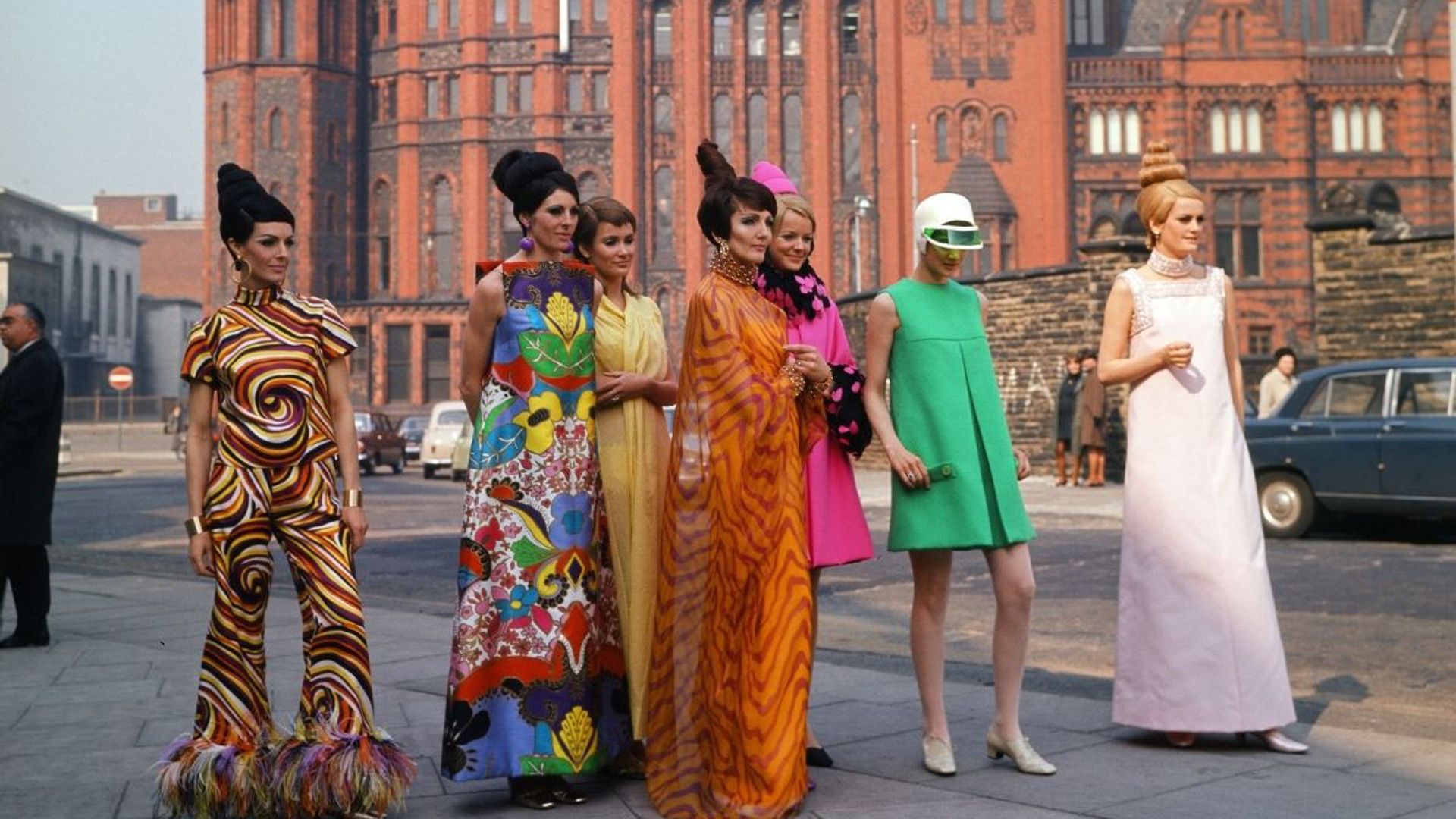Exploring 1960s Fashion: A Decade of Revolution and Elegance

The 1960s were a pivotal decade in fashion, marked by dramatic shifts and the birth of iconic styles that continue to influence modern trends. From the chic sophistication of haute couture to the rebellious spirit of youth culture, the fashion of the 1960s is a fascinating study in contrasts and innovations. This article delves into the key fashion movements of the decade, examining their origins, influences, and enduring impact on the world of style.
The Rise of Mod Fashion
The Mod movement, originating in London, epitomized the youthful energy and experimentation of the 1960s. Characterized by bold colors, geometric patterns, and a sleek silhouette, Mod fashion was a departure from the more traditional styles of previous decades. Designers like Mary Quant and André Courrèges were instrumental in popularizing this look. The mini skirt, one of the era’s most iconic garments, became a symbol of the Mod aesthetic, representing both youthful rebellion and a shift toward more casual, everyday wear beatles-museum.com/.
The Influence of Youth Culture
The 1960s saw the emergence of a distinct youth culture that rejected the conservative values of the past. This cultural shift was mirrored in fashion, with young people embracing styles that were more relaxed and expressive. The adoption of casual wear, such as jeans, t-shirts, and tailored blazers, reflected the growing influence of rock ‘n’ roll and the counterculture movement. Bands like The Beatles and The Rolling Stones played a significant role in shaping this new fashion ethos, with their eclectic and often experimental styles.
Haute Couture and the Elegance of the 1960s
While the Mod movement was making waves, haute couture was also experiencing a renaissance. The 1960s were a time of elegance and sophistication in high fashion, with designers like Yves Saint Laurent and Hubert de Givenchy creating exquisite garments that defined the era. Saint Laurent’s introduction of the tuxedo suit for women was a groundbreaking moment, challenging traditional gender norms and offering a new form of elegance. The era also saw the rise of the “shift dress,” a simple yet elegant garment that became a staple of 1960s fashion.
The Impact of the Space Age
The fascination with space and technology during the 1960s had a profound impact on fashion. The Space Age inspired designers to experiment with futuristic fabrics and silhouettes. Metallics, vinyl, and plastic became popular materials, reflecting the era’s fascination with the future. Designers like Pierre Cardin and Paco Rabanne pushed the boundaries of conventional fashion, creating garments that looked as though they had been plucked from a science fiction novel. This futuristic aesthetic was not only a reflection of technological advancements but also a symbol of the era’s optimism and progress.
The Legacy of 1960s Fashion
The fashion of the 1960s left an indelible mark on the world of style. The decade’s emphasis on individuality and self-expression paved the way for future generations of designers and fashion enthusiasts. The bold experimentation with color, fabric, and form set the stage for the evolution of contemporary fashion. Today, elements of 1960s fashion continue to inspire designers, and vintage pieces from the era remain highly coveted by collectors and fashion aficionados alike.
Conclusion
The 1960s were a decade of transformation in the world of fashion, characterized by a blend of sophistication, rebellion, and innovation. From the Mod movement and the influence of youth culture to the elegance of haute couture and the excitement of the Space Age, the fashion of the 1960s reflects a time of dynamic change and creativity. As we look back on this iconic decade, it is clear that the legacy of 1960s fashion continues to resonate, inspiring new generations to embrace the spirit of experimentation and self-expression.





